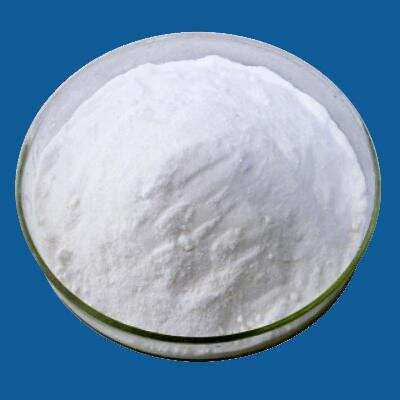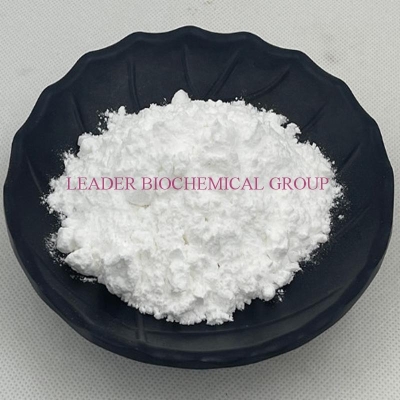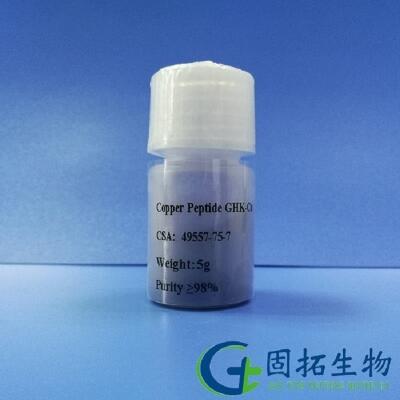-
Categories
-
Pharmaceutical Intermediates
-
Active Pharmaceutical Ingredients
-
Food Additives
- Industrial Coatings
- Agrochemicals
- Dyes and Pigments
- Surfactant
- Flavors and Fragrances
- Chemical Reagents
- Catalyst and Auxiliary
- Natural Products
- Inorganic Chemistry
-
Organic Chemistry
-
Biochemical Engineering
- Analytical Chemistry
-
Cosmetic Ingredient
- Water Treatment Chemical
-
Pharmaceutical Intermediates
Promotion
ECHEMI Mall
Wholesale
Weekly Price
Exhibition
News
-
Trade Service
2-Amino-5-bromonicotinic acid, also known as 2-ABA, is a chemical compound that is commonly used in the chemical industry.
It is a colorless to pale yellow liquid with a faint, unpleasant odor.
2-ABA is used as a reactant in the production of a variety of chemicals, including dyes, pigments, and pharmaceuticals.
It is also used as a solvent and a reagent in various chemical reactions.
One of the main advantages of 2-ABA is its high level of reactivity.
This makes it an ideal reactant for a variety of chemical reactions, and it is often used in the production of a range of chemicals and products.
Additionally, 2-ABA is relatively stable and does not readily react with other chemicals, which makes it a safe and reliable chemical to handle and use in the chemical industry.
However, it is important to note that 2-ABA is a hazardous chemical and can pose a risk to workers and the environment if not handled and stored properly.
It is classified as a Category 3 carcinogen, which means that it is not expected to cause cancer in humans, but it is a suspected human carcinogen.
It is also classified as a highly toxic acid, and contact with the liquid can cause severe burns and other injuries.
To ensure the safety of workers and the environment, it is important to follow proper safety procedures when handling 2-ABA.
This includes wearing the appropriate protective equipment, such as gloves and safety glasses, and following proper storage and disposal procedures.
It is also important to ensure that the chemical is stored in a well-ventilated area and that the container is properly labeled and stored in accordance with local and national regulations.
Despite its potential hazards, 2-ABA is an important chemical in the chemical industry and is widely used in the production of a variety of chemicals and products.
It is essential that proper safety procedures are followed to ensure the safety of workers and the environment.
By following these guidelines, it is possible to safely handle and use 2-ABA in the chemical industry.
In conclusion, 2-Amino-5-bromonicotinic acid, also known as 2-ABA, is a colorless to pale yellow liquid with a faint, unpleasant odor.
It is used in the chemical industry as a reactant in the production of a variety of chemicals, including dyes, pigments, and pharmaceuticals.
Additionally, it is used as a solvent and a reagent in various chemical reactions.
While it is a hazardous chemical and can pose a risk to workers and the environment if not handled and stored properly, it is important to follow proper safety procedures when handling 2-ABA.
By following these guidelines, it is possible to safely handle and use 2-ABA in the chemical industry.







